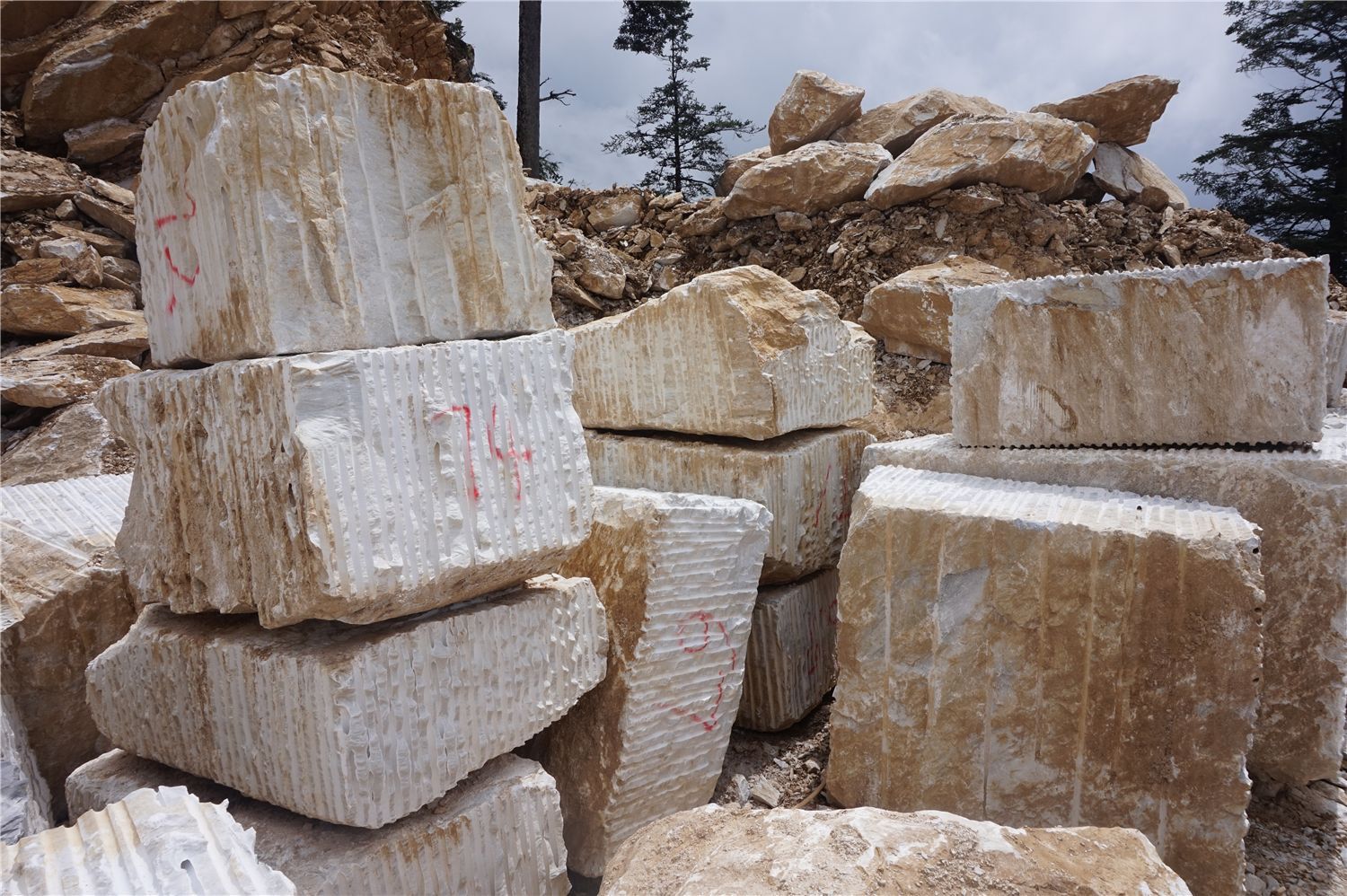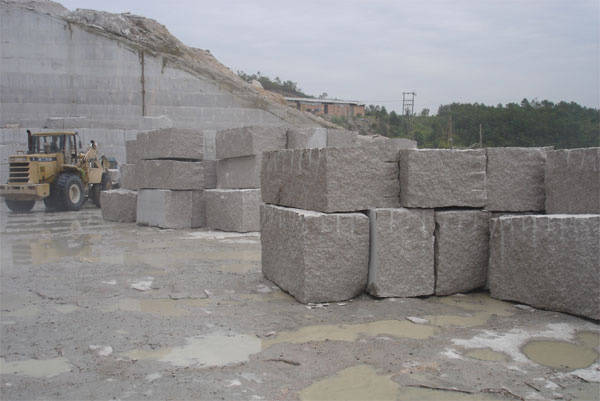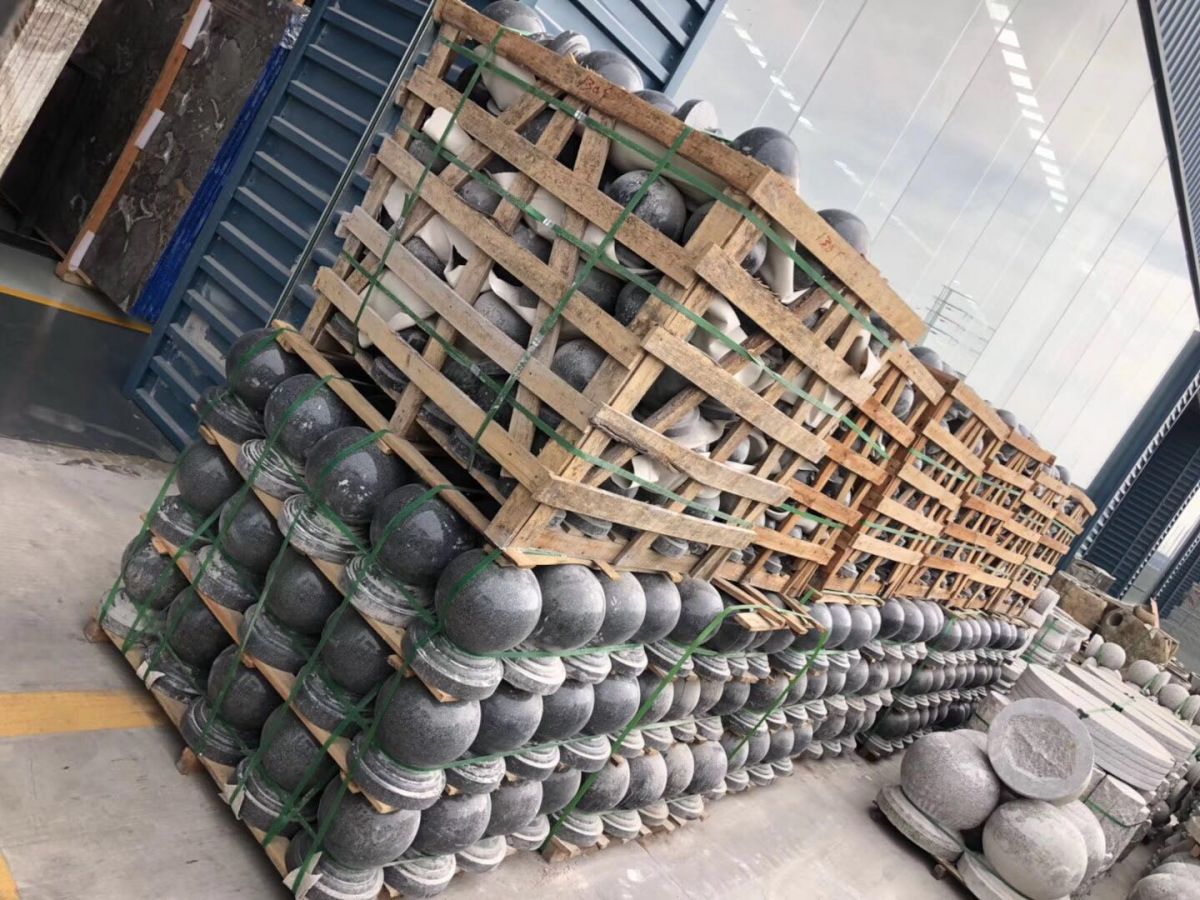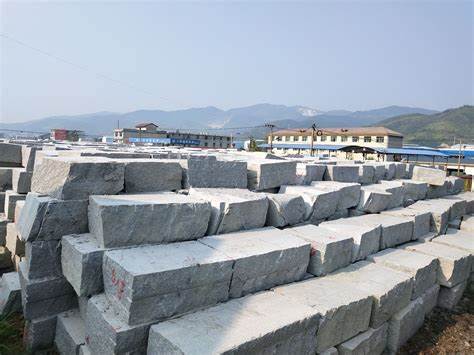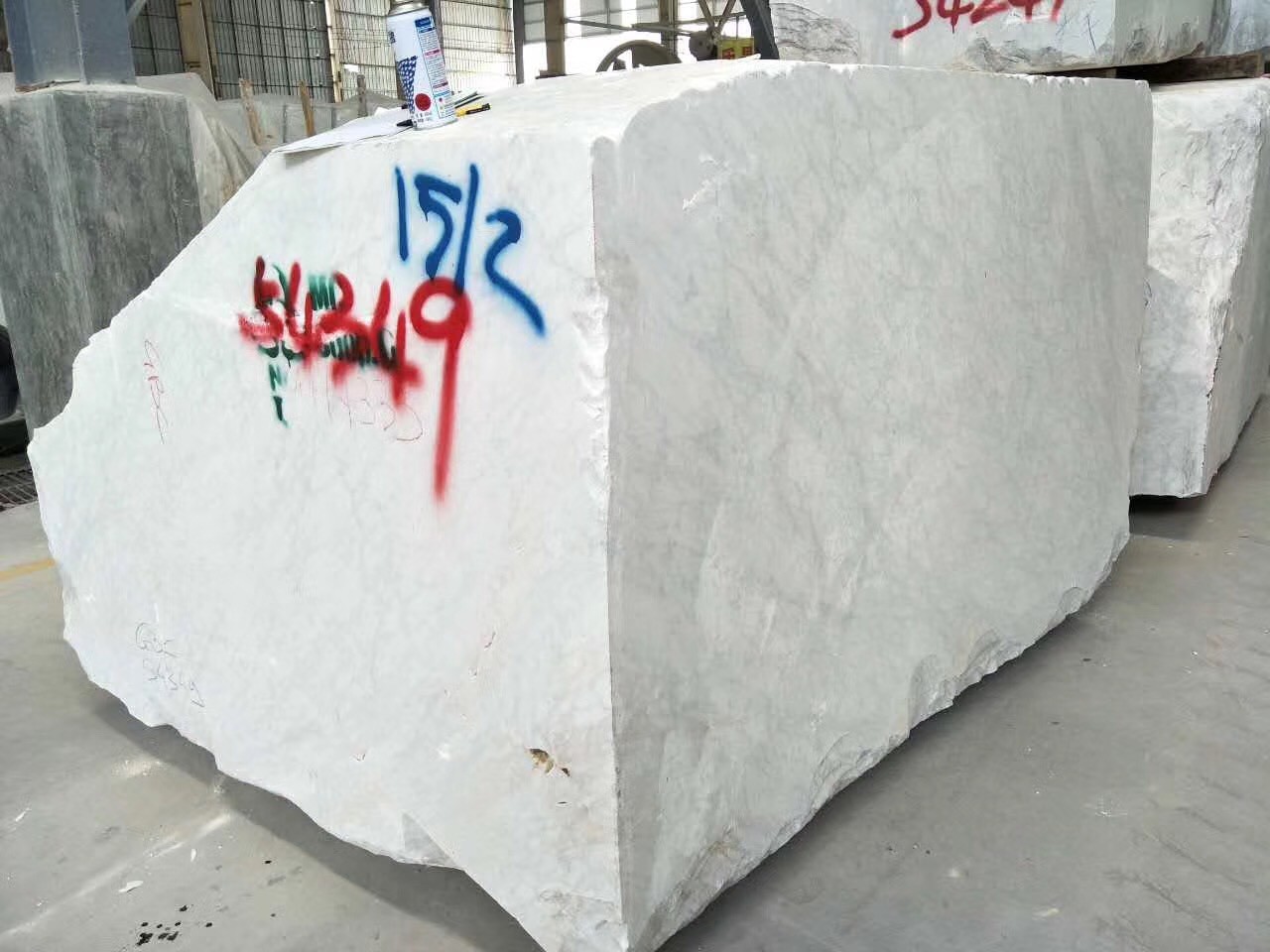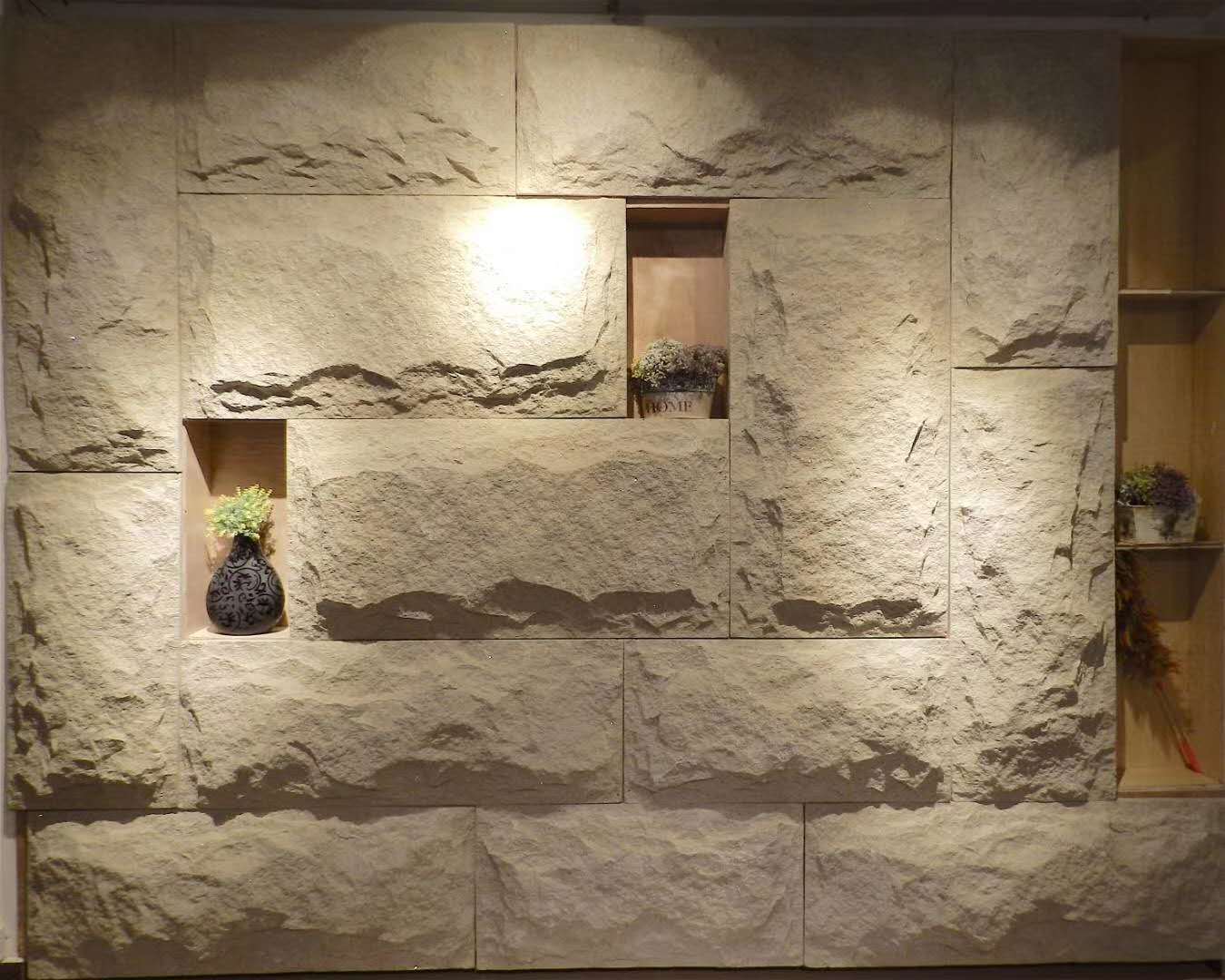Identifying and Reducing Waste in Stone Resource Management
Yuki
In the process of extracting, processing, and utilizing stone resources, there are several areas where waste occurs, including the following aspects:
Waste During Extraction: In the stone mining process, certain waste phenomena are evident. For instance, due to the complex geological structure of mining areas, it is difficult to completely avoid damage or loss of stone layers during extraction. Additionally, some stone resources may be located in remote or hard-to-develop areas, leading to waste in energy and material consumption during mining and transportation.
Waste During Processing: The stone processing phase also experiences waste. To achieve specific dimensions or shapes for stone products, various processes such as cutting, grinding, and polishing are required. These processes generate a significant amount of stone chips, dust, and waste materials. Without effective recycling and reuse mechanisms, this can lead to resource wastage.
Inefficient Use and Secondary Processing Waste: During the utilization of stone, if there is no reasonable planning and design, or if changes and errors occur during construction, it can result in inefficient use and the need for secondary processing. For example, mismatched dimensions or construction errors may necessitate re-cutting or replacing stone, wasting already processed resources.
Lack of Recycling and Reuse Mechanisms: As a renewable material, stone can lead to waste if there are no recycling and reuse mechanisms in place. For instance, discarded stone can be reprocessed or recycled to produce new stone products or other related items. Without effective recycling measures, discarded stone may be wasted or landfilled, resulting in resource loss.
Transportation and Storage Waste: There is also waste during the transportation and storage of stone. If proper packaging and protective measures are not in place, stones may suffer damage and loss during transit. Additionally, poor storage management can expose stones to environmental factors, leading to quality degradation or unusability, further contributing to resource waste.
Ineffective Design and Planning: In architectural and decorative projects, poor design and planning can lead to stone resource waste. For example, inaccurate calculations and measurements can result in mismatched stone sizes, necessitating reprocessing or replacement. Moreover, if errors are not promptly corrected or plans are not adjusted during construction, additional waste may occur.
Lack of Resource Management and Recycling Mechanisms: In the stone industry, the absence of effective resource management and recycling mechanisms is also a factor contributing to waste. If there are no established channels for recycling and reusing discarded stone, it may be wasted or buried, preventing the realization of its potential value.
Education and Awareness Issues: Lack of education and awareness can also lead to waste in stone resources. If industry personnel lack environmental awareness and skills, they may not be able to minimize waste effectively. Therefore, enhancing training and education for industry workers to improve their understanding of resource conservation and sustainable use is crucial.
To reduce waste in stone resources and improve utilization rates, the following measures can be implemented:
Optimize stone mining and processing workflows to minimize losses and waste generation.
Introduce advanced packaging and protective measures to ensure the safety and integrity of stones during transportation and storage.
Strengthen the accuracy and detail of design and planning to avoid dimensional and measurement errors.
Establish recycling and reuse mechanisms for discarded stone to promote circular use and resource recovery.
Raise environmental awareness among workers through training and education, enhancing their understanding of resource conservation and sustainable practices.
Implementing these measures will help minimize waste in stone resources and promote the sustainable development of the stone industry.
